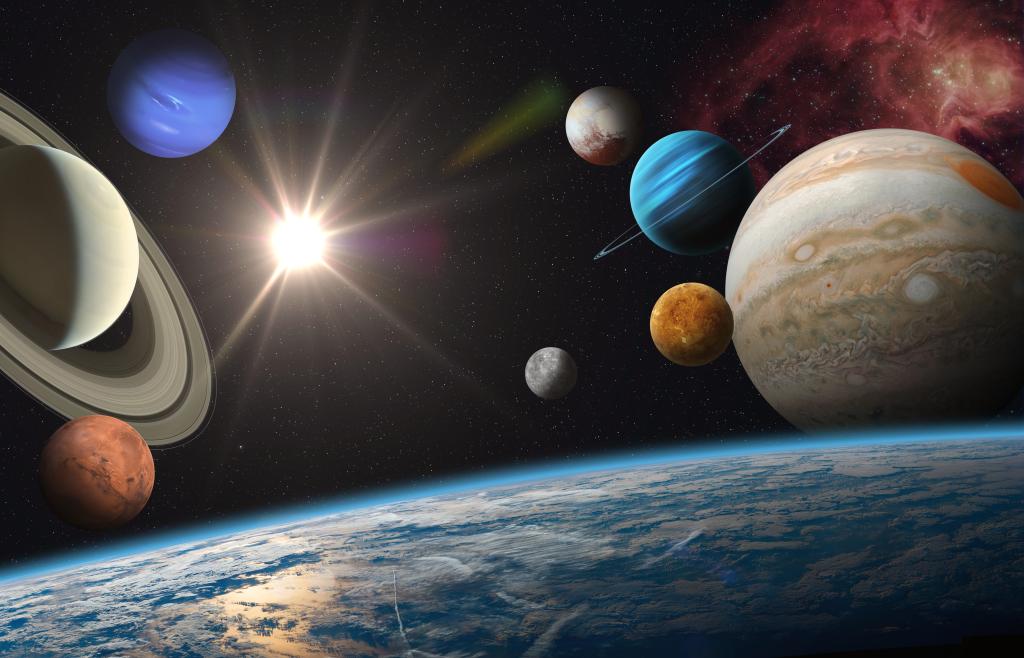A rare planetary alignment is set to take place on August 28th, featuring Mercury, Mars, Jupiter, Uranus, Neptune, and Saturn. This event will be best viewed in the early morning just before sunrise, with the moon potentially also visible depending on cloud cover. A planetary alignment occurs when more than two planets align in the sky, with various sizes of alignments based on the number of planets involved. This week’s alignment will be upgraded to a planetary parade due to five or more planets lining up in the sky.
The planetary parade is not an official astronomical term but is commonly used to describe the phenomenon when multiple planets align in the sky. This week’s alignment will not be a straight line, but more of an optical illusion with planets positioned at various depths, distances, and positions in the sky. The event is likened to picturing six different people in a field and gathering them all in your camera lens at once. This makes for a visually stunning celestial display for those lucky enough to witness it.
The ideal time to view the parade of planets is about an hour before sunrise on August 28th, with Saturn expected to be the first visible planet in the late evening. Other planets will become visible at different times and in different colors. For those looking to catch a glimpse of Neptune and Uranus, a telescope or high-powered binoculars will be necessary. The alignment will be visible for a few days after the 28th, providing additional opportunities for stargazing.
Jupiter will stand out as one of the brightest luminaries in the sky, making it easy to recognize during the planetary alignment. Unlike stars, planets do not twinkle, making them easier to distinguish in the night sky. Using a reliable astronomy app like Starwalk can help identify planets and provide information on their positions and visibility. For optimum viewing, observers are encouraged to head to dark sky communities away from light pollution.
Following this week’s planetary parade, the next alignment is scheduled for January 18, 2025, featuring six planets together in the night sky. The alignment is then followed by another event on February 28, 2025, where seven planets will be visible in the sky. The rarity of these planetary alignments makes them significant events for stargazers and astronomy enthusiasts to mark on their calendars.astrologer Reda Wigle offers insights into how planetary configurations can impact zodiac signs, blending history, poetry, pop culture, and personal experiences in her horoscopes. Those interested in understanding astrological influences can visit her website to book a reading and gain insights into the movements of celestial bodies.


